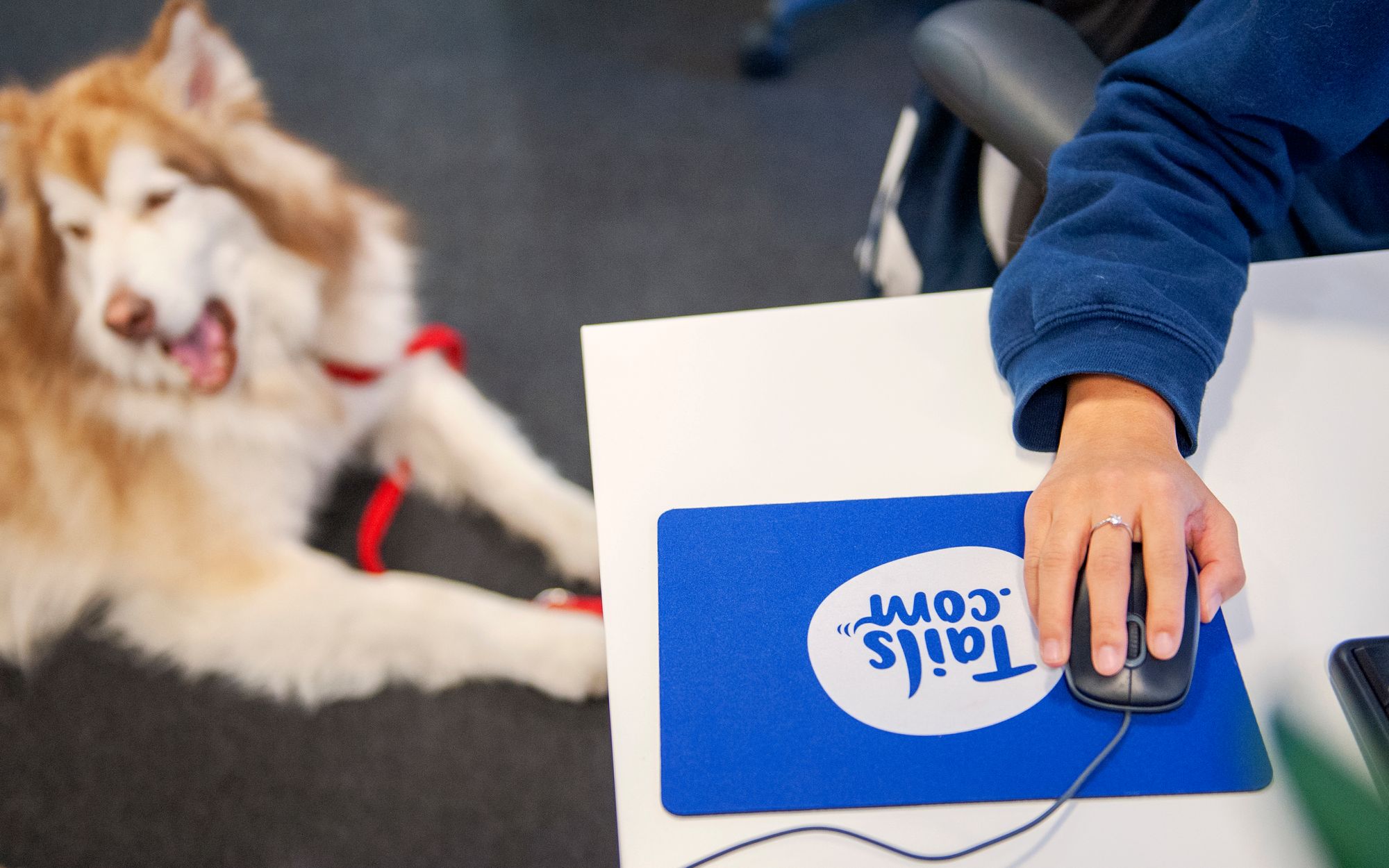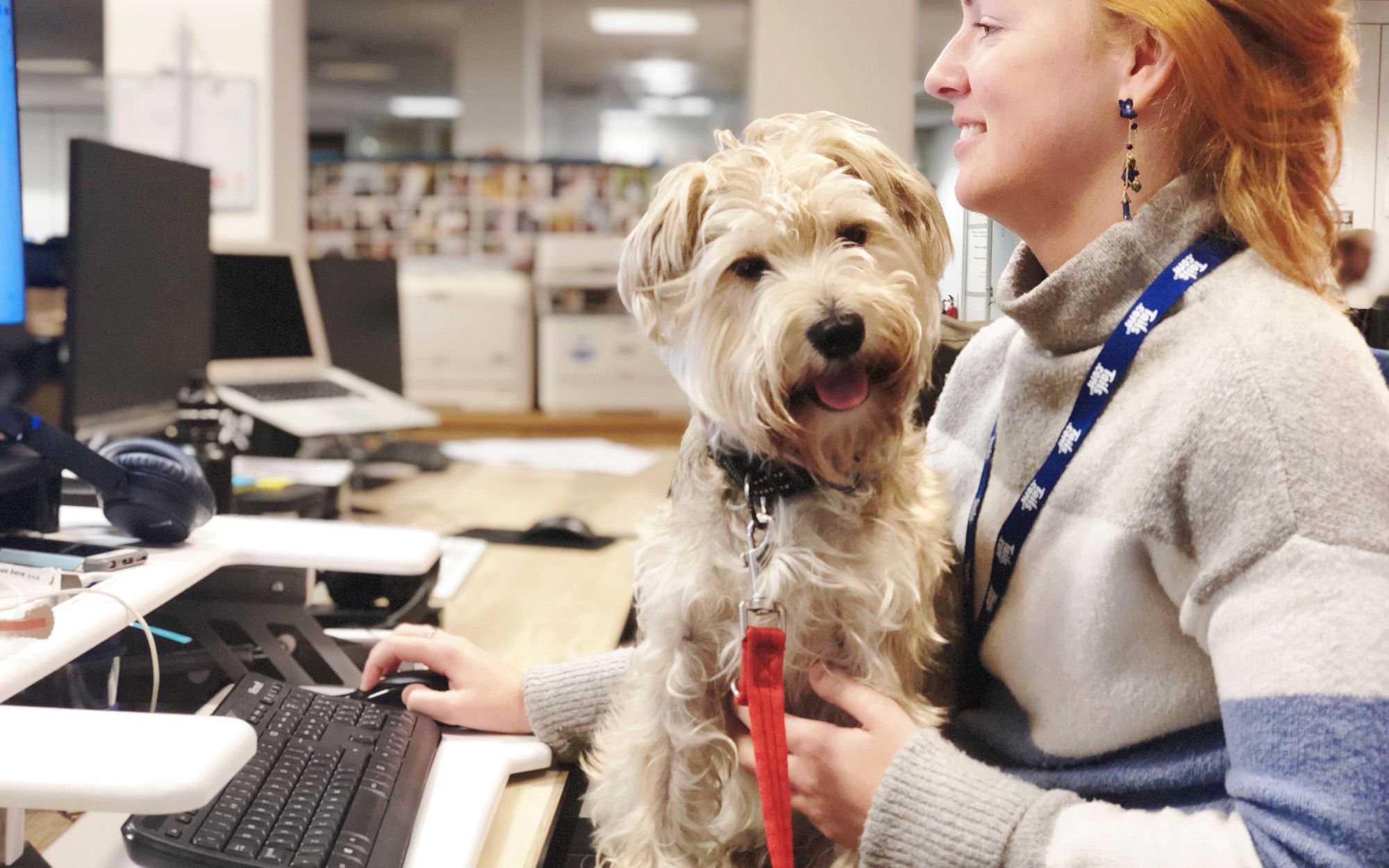Like many Data Scientists working in industry right now, I was previously an academic who at some point made the decision to leave academia and get a 'real job'.
Looking back, I made the right choice. Working as a Data Scientist means I can still enjoy working on complicated and interesting problems, but with the added benefits of being able to really see the impact of my work - something you don't often get in academia!
A big part of my transition from academia to Data Science was the ASI fellowship. This is an intensive training course in data science and data engineering, and was a great way to learn the basics whilst getting some practical, on the job experience of working as a data scientist in industry. Below is a Q&A I originally did with the ASI just after finishing the fellowship.
Tell us about your background, before you decided to move into Data Science?
Before moving into Data Science, I did my undergraduate in Maths at the University of York, and then a PhD in Random Matrix Theory and Integrable systems at the University of Bristol. My research was on the asymptotics of Toeplitz determinants, and applications to problems in Random Matrix Theory and calculating entanglement in a quantum spin chain.
I had always enjoyed maths and my research, but I realised I was more motivated by solving interesting and complex problems, rather than the actual content of my PhD. So I decided that for me the uncertainty of the post-doc life was not worth it, and I decided instead to find a career with a bit more stability, but that still kept all the things I enjoyed from research.
After finishing my thesis I was in no rush to start work right away! I spent some time volunteering for FareShare in Bristol, before going travelling round Asia for 5 months. Shortly after returning, I started work as an analyst at the Department for Education where I was quantifying policy impacts and forecasting education spending. Whilst the work was always interesting, I felt like I could do better analysis with better tools, and some more background knowledge. This finally led me to data science!
Why did you choose the ASI Fellowship?
The career change into data science felt daunting, and my coding ability wasn’t brilliant. So it felt like a steep learning curve and I initially didn’t know where to start in trying to get a job. The Fellowship was ideal for me as it gave me the technical data science skills I needed, as well as real commercial experience doing an actual data science project. If I hadn’t done the Fellowship, I probably would have spent at the same amount of time learning and applying for jobs, and I wouldn’t have had the commercial experience, business coaching skills or network of fellow data scientists.
What was the best part of your project or experience on the ASI Data Science Programme?
My favourite part was the first week, where all the different participating companies pitch their data science projects to you. It really opened my eyes to the potential for data science industry, and the variety of companies you can work for as a data scientist. Also, the demo day at the end of the Fellowship was a really nice way to end it, and celebrate all the awesome work that everybody had done.
Other than that, I really enjoyed just being around the other fellows and the ASI team. It was a really collaborative environment, and I was surprised that informal chats in the ASI offices with really smart people benefited my project even more than the formal teaching.
What would be your advice to people looking to enter Data Science in Industry?
A key first step is to , get your Python and SQL skills up to scratch. I’d recommend finding a good online course in both of these and work through it. Codecademy is a good place to start, and Learn Python The Hard Way is also a comprehensive Python course. If you are new to coding, and if you like Maths puzzles, then working through some Project Euler problems is a fun way to practice the basics in coding.
I’d also recommend taking Andrew Ng’s Machine Learning Coursera course. Everybody will tell you that, and they’re not wrong. Also, take a look at the Kaggle website for some good machine learning projects. They have some ‘getting started in data science’ competitions with tutorials that walk you through all aspects of a machine learning problem, from getting and cleaning the data to creating and testing a model.
Finally, I’d recommend just immersing yourself in the data science community. Talk to your any data scientist friends you have about what it’s like, and the type of projects they’re working on. In London at least there are a lot of talks and Meetups organised by data scientists, and I’d recommend going to some of these just to see what’s happening, and get to know some people in the field. Also, apply to the ASI Fellowship! This gives you the technical skills, experience on data science projects and data science community in one go and has really kick-started my career as a data scientist.
How was your overall experience on the Fellowship, and what have you been up to since completing the Fellowship?
I did my Fellowship project with the online dog food subscription business Tails.com, looking at what factors predict whether a customer is likely to churn. I enjoyed the project and all aspects of life at Tails, and since the Fellowship I’ve been working there as their data scientist!
My experience of the ASI Fellowship was really positive, and I now have a data science job in a company I love. At Tails, I’m busy extending my project to different retention scenarios, and planning future projects. My exposure to different projects and possibilities for data science within companies has really given me a head start in doing all of this.


